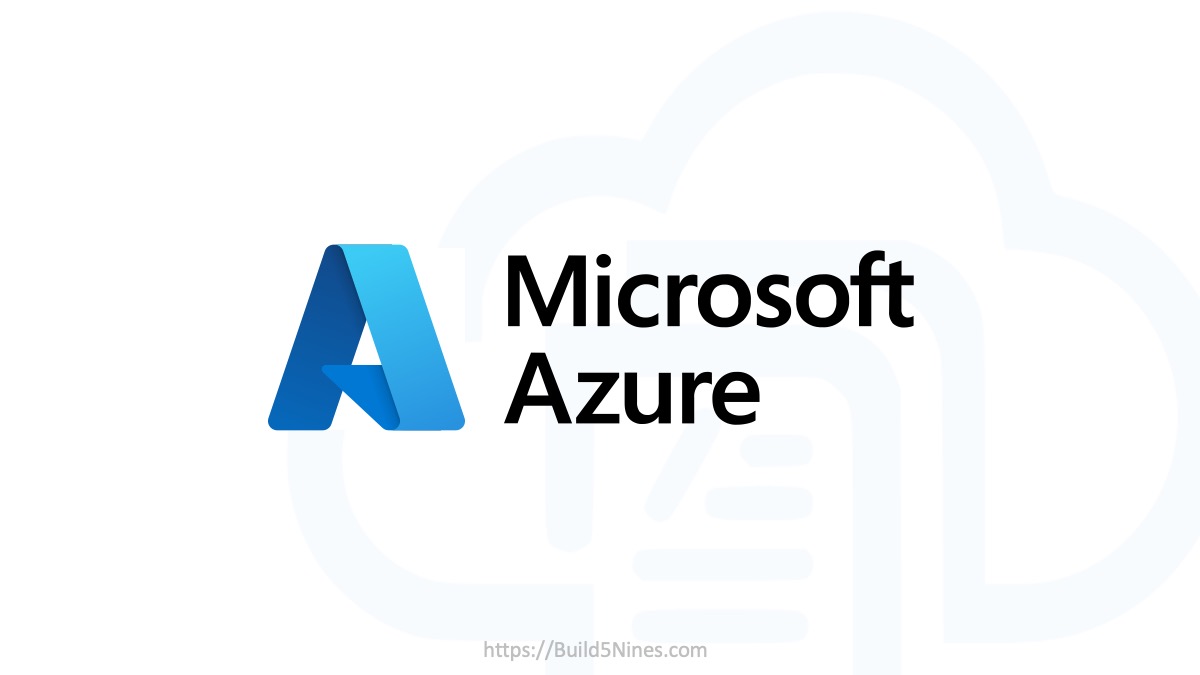This Microsoft Azure Regions Interactive Map shows the locations of each of the Microsoft Azure cloud regions plotted on a map. The map code is built using the Azure Maps Web SDK
Disclaimer: This is an unofficial map of Azure Regions and is not endorsed by or affiliated with Microsoft. The official Azure region data may differ from what is displayed here.
Table of Contents
Frequently Asked Questions
How many Azure Regions and Datacenters are there?
As of 2023, Microsoft Azure consists of 60 regions, 200 datacenters, 190 points of presence, and over 175,000 miles of terrestrial and subsea fiber worldwide, which connects the Internet at strategic global edge points of presence.
Source: https://datacenters.microsoft.com/
What is an Azure Region? Is it a single datacenter?
An Azure Region, in the context of the Microsoft Azure cloud, is not a single datacenter but a geographical area or location where Microsoft has multiple datacenters. These datacenters are strategically located within a region to provide redundancy, scalability, and high availability for Azure services and resources. In fact, most of the Azure regions are made up of 3 or more seprate data centers.
Each Azure Region consists of one or more datacenter buildings, also known as Availability Zones, which are typically located close to each other to minimize latency and provide data redundancy. The Azure regions that include Availability Zone support (which is almost all, if not all of them now) when configuring a Virtual Machines hosting will be comprised of at least 3 data centers; as each Availability Zone is a separate data center. These datacenters within a region are interconnected directly to each other through high-speed networks.
The main reasons for having multiple datacenters within an Azure Region include:
- Redundancy
Multiple datacenters within a region ensure that if one datacenter experiences issues, services and data can be quickly moved to another datacenter, minimizing downtime. - High Availability
Azure services and resources deployed within a region can leverage the redundant infrastructure to provide high availability and fault tolerance. - Data Residency and Compliance
Some organizations have specific requirements about the geographical location of their data. Azure Regions allow customers to choose a region that aligns with their data residency and compliance needs. - Low Latency
By having datacenters close to each other within a region, Azure can minimize network latency and provide faster response times for services.
Azure offers multiple regions across the world, and customers can choose the region that best meets their needs when deploying their applications and data. It’s essential to consider the location of the Azure Region when designing your Azure architecture, as it can impact factors such as data latency, data sovereignty, and disaster recovery planning.
What’s the source of this Azure Region location data?
The following Azure CLI commands were used to retrieve the Latitude / Longitude (geocode) coordinates of each of the Microsoft Azure Regions (or locations):
# Azure CLI 2.0
az account list-locations > azure_regions.json
# Azure CLI 1.0
azure location list --json > azure_regions.jsonThis Azure CLI command will output a JSON file containing the Azure Region data. This JSON file is pulled directly into this app for display.
Additional data has been manually compiled / generated to include non-Public Cloud regions / locations; such as Germany, China, and the US Gov / DoD as well.
All geocode locations for Azure Regions are estimates. They do not represent the actual physical location for specific data centers.
More specifically, Here’s the command used to generate the JSON of Azure Regions that is displayed on the map:
az account list-locations -o json --query "[].{displayName:displayName,latitude:metadata.latitude,longitude:metadata.longitude,name:name}" > azure_regions.jsonThe data generated is in the following format with just the data needed by the JavaScript that generates the above map:
[
{
"displayName": "East US",
"latitude": "37.3719",
"longitude": "-79.8164",
"name": "eastus"
},How accurate are the points / geocodes?
The accuracy is basically to the general geographic region where the Azure Regions are located. Microsoft doesn’t disclose the actual location or street address of the physical datacenters for security reasons. Much of the data on this map is taken directly from the geocode that Microsoft publishes for the datacenters. Other data (such as Germany, China, and US Gov / DoD) just point to the City or Region that Microsoft has indicated the region is in.




 Stack Overflow Upset Over Users Deleting Answers After OpenAI Partnership
Stack Overflow Upset Over Users Deleting Answers After OpenAI Partnership
 GitHub Actions: Commit and Push Changes Back to Repository
GitHub Actions: Commit and Push Changes Back to Repository
 Run Your Own Local, Private, ChatGPT-like AI Experience with Ollama and OpenWebUI (Llama3, Phi3, Gemma, Mistral, and more LLMs!)
Run Your Own Local, Private, ChatGPT-like AI Experience with Ollama and OpenWebUI (Llama3, Phi3, Gemma, Mistral, and more LLMs!)
 IPv4 Address CIDR Range Reference and Calculator
IPv4 Address CIDR Range Reference and Calculator
 Azure Functions: Extend Execution Timeout Past 5 Minutes
Azure Functions: Extend Execution Timeout Past 5 Minutes







Nice map but UK west is very wrong. It’s shown in England whereas it’s at the bottom of Wales.
Yeah, as mentioned in the FAQ the geocode points are only within the geographic region of the Azure Region. Most of these are the official latitude/longitude coordinates from Microsoft for the Azure Regions. You can use the Azure CLI commands mentioned to see the raw data yourself. Also, each Region consists of multiple data centers, so there isn’t really a single location for the region, plus for security concerns Microsoft doesn’t publicly publish the exact locations of Azure datacenters either.
How far away are the Availability Zones from each other within the same region?
Availability Zones are separate data centers within the same region, and are located in the “10’s of miles” from each other. There a little more information about Availability Zones, here: https://build5nines.com/azure-availability-zones-public-preview/
Hi Chris,
Would love to see a “build” of regions – by time – to show how the number of regions went from a very small number for large locations to now a lot more regions covering smaller locations – illustrates how the reach of Azure has grown. Does the data have the time when the region went live or is projected to go live?
Peter
I agree that would be an interesting animation. However, I am not aware of any dataset that includes the Azure Regions listed with their “go-live” dates.
if user is from different country region and Resources hosted on different country region. in that case user able to use the resources ? secondly can we restrict the specific country user to utilize the resources?
The Azure Region is merely where the resources are hosted. You can still connect to them from anywhere in the world, or you can lock things down to control who can connect to them. Also, there are methods that can be used to configure data sovereignty practices in your system so user data is only accessable and/or stored in specific regions. Thanks for asking, this is a very common question that comes up when looking at moving to the cloud and Microsoft Azure.
Nice work Chris.
Is there a way to find out if Microsoft recently made Perth, Western Australia and an Azure region?
Lot of digital changes occurred with my devices here at post code 6157 recently – since 10 September 2020 to be exact.
Microsoft doesn’t currently show an Azure Region in Perth, Australia.
Hi Chris – Nice work on this – just curious if there is a reason for the 2 Switzerland North dots? are you aware of any timescales for Italy North (Milan) ?
Thanks! I’ll have to check my data and see why that is.
Sir, I get abbreviated names like ch north, br north etc, I am not able to see the expanded location name, https://azure.microsoft.com/en-in/updates/name-changes-and-guid-migration-azure-app-service-on-linux-basic-plan/
Is there a list for azure locations abbreviated?
Abbreviated names aren’t used. You can use the Azure CLI to get a list of regions you subscription can deploy resources to.